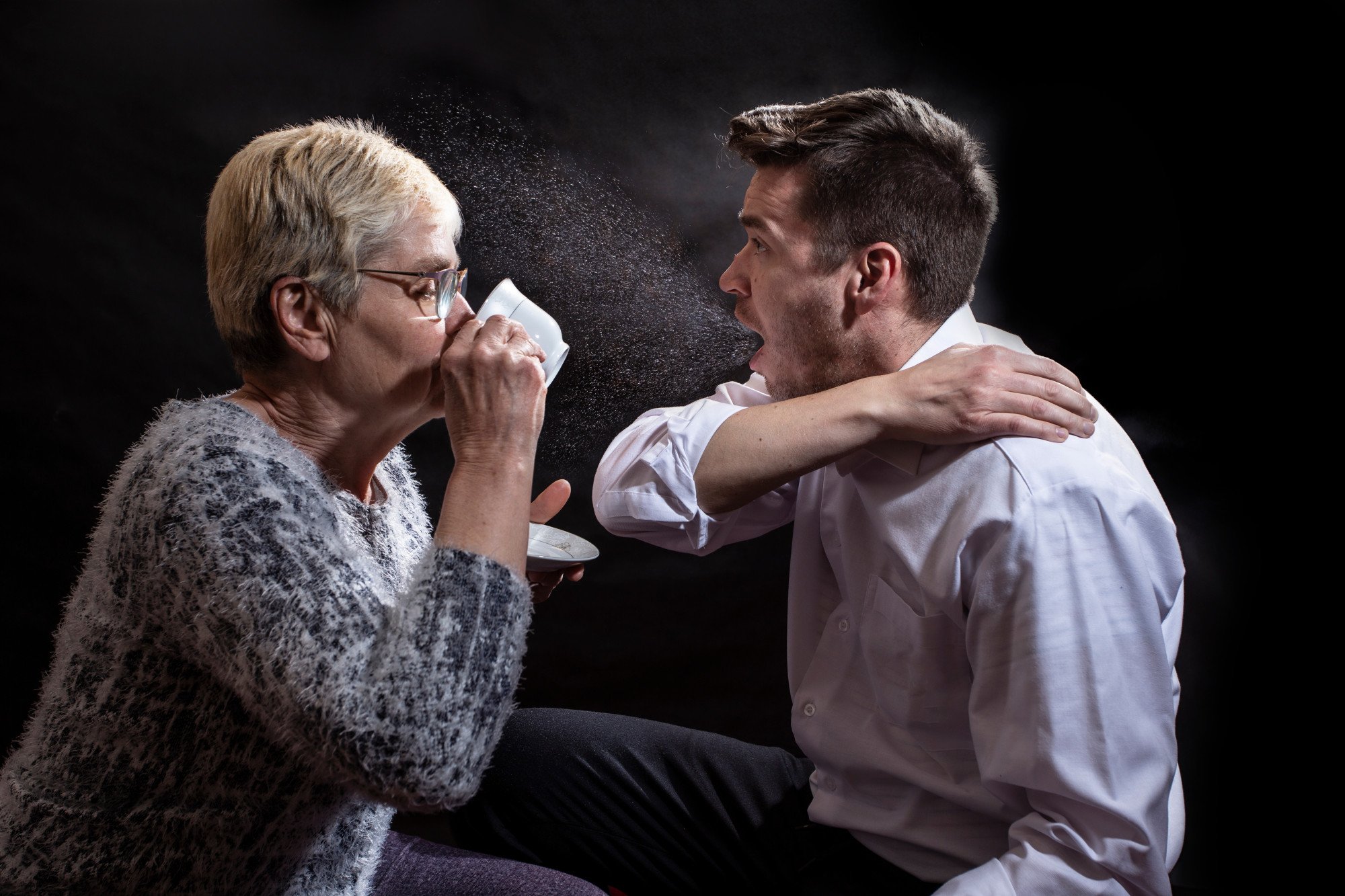
Explainer | Strep throat – all you need to know about the contagious, sometimes deadly infection, and how to avoid it
- Is your throat sore? Is swallowing painful? Have you got a fever? You may have an infection caused by group A Streptococcus bacteria
- You can catch it by breathing in droplets, touching an infected surface, or sharing food or drink with an infected person
Changes in air temperature mean it’s the season of sore throats. But not all sore throats are made equal – some are caused by viruses; others by bacteria.
Strep throat (streptococcal pharyngitis) is an illness which, while usually mild, can be painful – and sometimes deadly. The United Kingdom early this month reported the deaths of six children from a rare invasive Group A strep illness.
Here’s everything you should know about strep throat, from its symptoms to treatment.
What is strep throat?

Strep throat is a bacterial infection in the throat and tonsils, caused by group A Streptococcus – strep A.
“Dozens of different types of streptococcal bacteria can infect humans,” says Dr Kristin Moffitt, an infectious disease doctor at Boston Children’s Hospital.
Health questions: what to do if I have a sore throat? Will tea help?
Group A strep has a specific carbohydrate attached to the surface. Group B strep is a different bacteria with a different carbohydrate on its surface that causes different infections – it is not a common cause of strep throat.
Group B can cause serious medical complications in people of all ages, but especially newborns, the CDC reports. The bacteria, which mostly lives in the gastrointestinal and genital tracts, causes Guillain-Barré syndrome.
What are the first signs of strep throat?
The first symptoms are often a sore throat, pain when swallowing, and a fever, according to Moffitt.

The US Centres for Disease Control and Prevention reports that other common symptoms include:
-
red swollen tonsils with white spots and pus at times
-
petechiae: small red spots on the roof of the mouth
-
swollen lymph nodes on the neck
Strep infections can also cause vomiting, stomach pain and nausea, as well as headaches, especially in children.
‘Hong Kong could face bigger flu outbreak this winter due to weakened immunity’
Children and teenagers with strep throat do not usually have a cough or congestion, Moffitt says, noting that these symptoms would be more typical of a respiratory viral infection.
“Some children with strep throat can develop a sandpaper-like rash; this is suggestive of a diagnosis of scarlet fever,” Moffitt adds.
Group A Streptococcus, which causes strep throat, can sometimes produce a toxin that causes a rash – red skin with a rough feel to the touch. The rash is likely to first appear on the neck, underarms, and groin, the CDC reports. Over time it can spread to the rest of the body.

How do you catch strep throat?
Strep throat is a highly infectious bacterial infection. It is spread from person to person through direct contact, and through respiratory droplets. In short, you get strep throat from spending time with someone who already has it.
In rare cases, strep can be spread through improperly handled food.
A person can catch strep throat by:
-
breathing in respiratory droplets that contain the bacteria
-
touching a surface that has that bacteria living on it, and then touching their nose or mouth
-
sharing food or drink with a person who has strep throat
-
touching a sore that someone infected with strep has on their skin
The incubation period for strep throat is two to five days, Moffitt says.
Experts provide 7 Ayurvedic remedies for your cold, flu and Covid symptoms
Can strep throat recur?
There is no vaccine for strep throat, and you don’t build immunity from a previous infection. So you can catch it more than once.
The best way to prevent reinfection is good hygiene. For small children, if strep throat keeps recurring, some doctors recommend tonsil removal. The operation, called a tonsillectomy, is usually only recommended if your child is getting strep throat seven or more times in one year.
The upside of lockdowns in Asia: fewer crashes, crimes and empty coffins
How long does strep throat last?
Once antibiotics are taken, symptoms should improve within 48 hours, the Mayo Clinic reports.
Strep throat can heal on its own without antibiotics in several days, Moffitt says.

“Antibiotics reduce the duration of symptoms and the length of time that someone with strep throat can infect others.”
Antibiotics also reduce the chances of complications such as abscesses of the throat or rheumatic fever which, while rare, can be very serious, and infect the heart.
The Mayo Clinic also advises taking over-the-counter pain medications such as aspirin or ibuprofen to relieve symptoms, as well as getting plenty of rest, hydrating, gargling with warm saltwater, eating soothing foods, and using a humidifier.

How to prevent strep throat
The best way to prevent strep throat is the same as with other respiratory infections, Moffitt says.
Best practices include:
-
good hand washing, especially after sneezing or coughing and before eating
-
staying away from people with symptoms
-
avoiding shared utensils and sharing drinks
